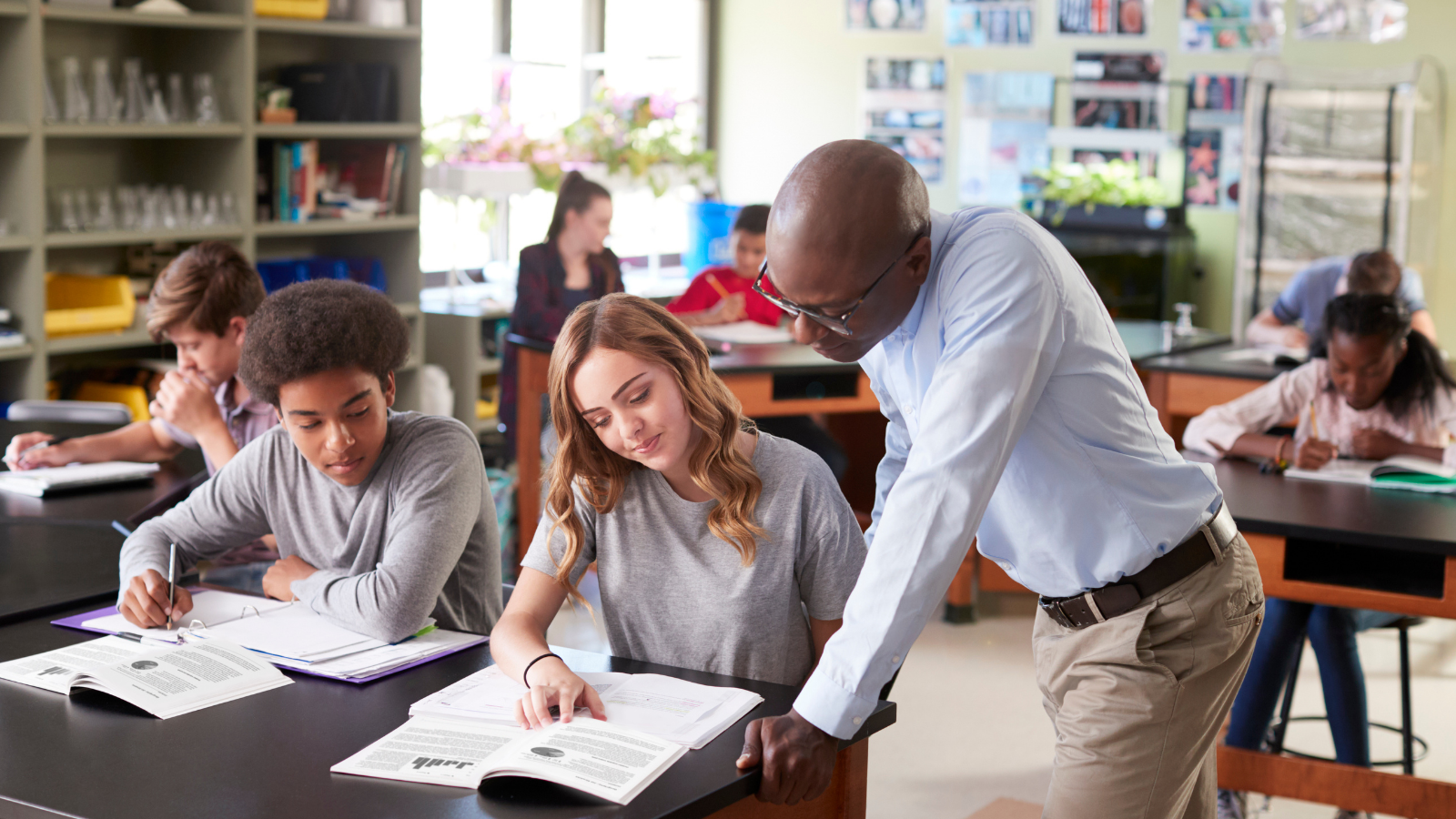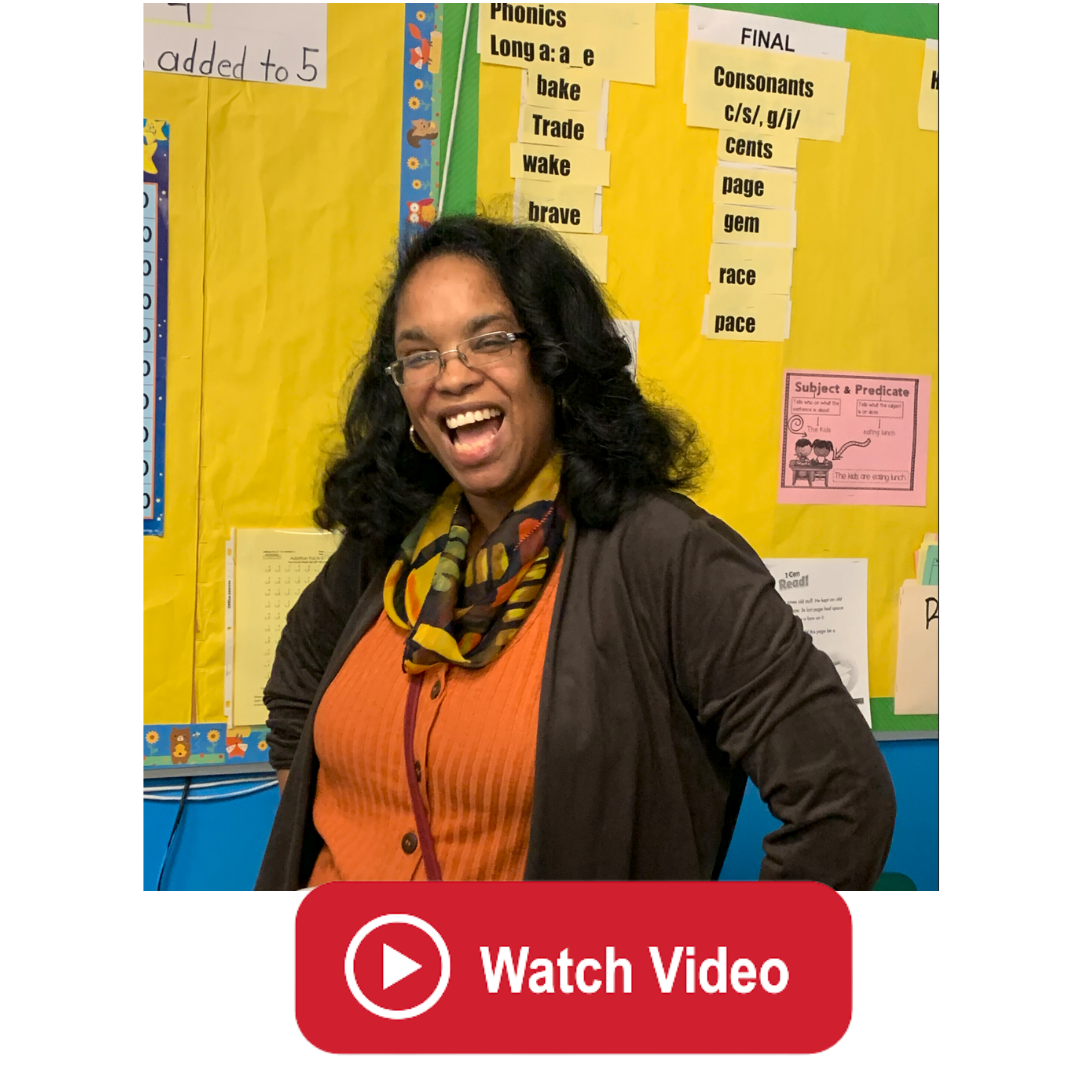How Teachers Can Increase Equity in the Classroom

Like the rest of the world, educators were not prepared for the challenges COVID-19 brought along. Throwing the entire school model up in the air, students and teachers were forced to learn and instruct remotely.
The shift created cracks in the system, allowing various inequities to sneak in and take root, exacerbating the inequities plaguing education prior to COVID-19.
The best thing educators can do for their students during these trying times is to understand and identify what inequities look like within classrooms. With understanding, it is easier to pinpoint and address these issues, making for a more equitable experience for students.
What is equity?
Before we begin discussing ways to create an equitable experience in the classroom, it’s important to understand what equity is.
In the social-equity space, there are a lot of words that can be accidentally swapped. As educators know, language matters and “equity” is different from terms like “diversity,” “inclusion” and more.
Equity is simply being fair and impartial. So, giving all students a fair chance to succeed by meeting their educational needs. Part of creating equity as an educator is recognizing that each student comes from a different background with access to different resources and brings a unique learning style to the classroom.
New learning models uncovered inequity in learning
When schools had to switch to remote learning to protect students and staff from the COVID-19 outbreak, educators quickly learned equity gaps were larger than they thought. Through trial and error, educators learned the pros and cons of different learning styles, specifically how every option may potentially disadvantage specific learners.
Inequity in remote learning
While remote learning helped manage the COVID-19 spread, many families were not equipped for this type of at-home learning. Many lower-income households do not have at-home technology required for virtual learning and guardians of young students have to balance overseeing virtual learning with their own responsibilities. For guardians with essential jobs, this meant leaving their children home alone.
Inequity in hybrid learning
A mixture of in-person and online learning, the hybrid model has been popular throughout school districts. The most flexible option, hybrid learning lets students and their guardians decide on what’s best for them. Students can choose between full-time in-person or virtual learning and some schools offer a mix of in-person and virtual days for students who benefit from both options. The downfall is all these options can be chaotic and learning quality slips when there is not a thoughtful hybrid learning plan in place.
Inequity in in-person learning
Ever since schools have widely adopted new learning options, we are seeing emerging data on in-person learning disparities. The Institute of Education Sciences released the first of its series on COVID-19 learning opportunities. The survey focused on fourth- and eighth-grade students in the U.S. and found that White students are more likely to choose in-person learning. Compared to Asian (68 percent), Black (58 percent) and Hispanic (56 percent) students, only 27 percent of White students chose remote learning.
Closing the equity gap
The most important shifts educators can make in closing the equity gap is to 1) recognize that there is one and 2) commit to doing what you can to address it . While there are a lot of practices educators can implement in their classrooms, reaching true equity is a systemic issue and much bigger than one teacher, which can be overwhelming. Just remember that any little effort toward equity is positive, and can make a big difference in a student’s life.
Lucky for us, New Jersey is an education-forward state and as of March 2021, every student has access to a laptop. This move by the state was huge for families that may not have access to the expensive technology needed for successful remote learning.
New Jersey is also fortunate to have Rutgers University’s Inclusion Project, which works to implement equity and inclusion in policy and law. One of the initiative’s projects is Equity in Education, which works to implement inclusive learning environments in public schools by partnering with civil rights and faith leaders, state and local organizations, educators, students, elected officials, researchers and other stakeholders.
Resources to provide a more equitable learning experience
Part of cultivating equity in the classroom includes ongoing professional development to expand our capacity to serve all learners well. A benefit of going virtual has been the free, online resources available for educators. These include conferences that were once region-specific being accessible to all, collaboration via social media and digital learning that is engaging. These resources have only been strengthened by educators having increased comfortability with new virtual tools.
Below are a few of our favorite resources educators can utilize to increase equity in their classrooms.
Teaching in an Active Learning Classroom (ALC)
University of Minnesota’s Center for Educational Innovation encourages an active learning environment, which is a student-centered, technology-rich classroom. Two key areas the Center focuses on are student engagement and working around gaps in technological knowledge and accessibility.
One of the easiest adjustments educators can make to achieve a more equitable experience is to understand students’ learning styles with personalized learning. Not all students learn the same, which is why not all instruction or activities should be the same. Personalized learning happens when an educator recognizes when a student is engaged and adjusting instruction to further encourage that activity. With technology, educators can offer more personalized learning, using tools and methods like Vivi Student Feedback, choice boards, inquiry-based learning, personalized lesson plans and competency-based learning.
How educators present themselves and their learning environment to students matters. One of the challenges has been how to provide a quality virtual experience. This includes how educators and their backgrounds look on-screen – the lower quality the experience, the less engaged students will be. As virtual quickly became default, technologies emerged (Ring lights, for example) to improve video conferencing experiences, as well as a better understanding of how the virtual format affects educators psychologically. Zoom even created a tipsheet specifically to improve educators’ experiences and technology-specific resources and training have emerged specifically for education.
For those who are back to in-person instruction, technology has also helped to make class more engaging and equitable. PowerPoint presentations allow teachers to walk around the classroom and engage with students, as opposed to having their back turned. It is easy to address front-row students with in-person instruction or break students up into individual desks. Consider a setup where students are seated in groups and instruction is treated as engagement instead of a lecture format.
If you’re considering following your dream of teaching, Rutgers Alternate Route can offer you the support and training you need to succeed. Be sure to follow Rutgers Alternate Route on Twitter and sign up for Alternate Route’s monthly newsletter for more information and stories from the field of education.

 Heather Ngoma has over 25 years of experience collaborating with educators across New Jersey to drive education innovation. She currently serves as the Director of the Rutgers-GSE Alternate Route Program in the Department of Learning and Teaching, a program which helps career changers, recent college graduates, and other aspiring education professionals become licensed teachers in New Jersey. Follow her on Twitter @heatherngoma.
Heather Ngoma has over 25 years of experience collaborating with educators across New Jersey to drive education innovation. She currently serves as the Director of the Rutgers-GSE Alternate Route Program in the Department of Learning and Teaching, a program which helps career changers, recent college graduates, and other aspiring education professionals become licensed teachers in New Jersey. Follow her on Twitter @heatherngoma.





